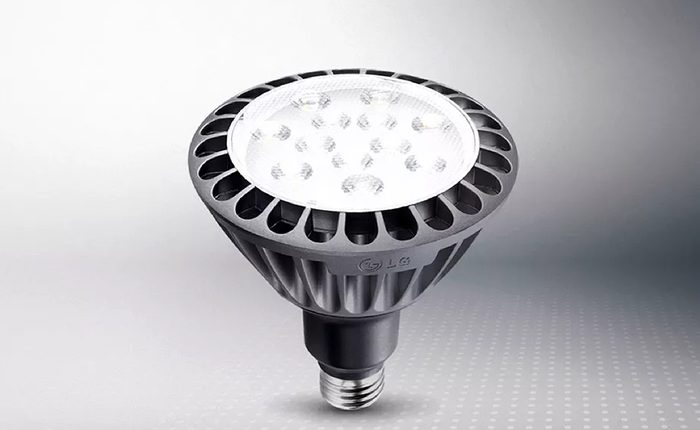Making The Swap To LED Lights
Unfortunately, LED lights have been swept up into the whole ‘smart home’ mess, with app-controlled dimming and hue adjustments, making them both costlier and more complex than they need to be. So for most they’ve always been filed away alongside things like ZigBee, SmartThings, and AllJoyn.
But what about the simple LED light bulb, the one that just plugs into the place of ye olde incandescents and does only one job?
- Energy efficiency: A 6W LED bulb can put out as much light as a 50W halogen bulb.
- Heat: LEDs don’t give off anywhere near as much heat as incandescents, which is a nice side effect of their efficiency; they don’t emit invisible infrared or ultraviolet light, which would express themselves as just wasted heat, and their output is only useful light.
- Color: With regular bulbs, you can have any color so long as it’s a shade of yellow. With LEDs, you get access to the full spectrum, should you want to get fancy.
- Flexibility: You can choose how wide a beam of light your LEDs will produce. Some are intended to be spotlights and are thus more narrow and focused, whereas others broaden out to a 120-degree arc that gives a softer, more diffuse illumination.
- Price: For a long time, LED bulbs were significantly more expensive than the mass-produced incandescent alternatives, but that gap has been well and truly bridged now. You can grab a 16-pack of 60W-equivalent Philips LEDs for less than $33 right now. That’s just over two bucks per bulb. Given the extra long life (measured either in tens of thousands of hours of operation, or years of ownership) of LED lights, you’ll be saving money both on the purchase of new bulbs and on the lower energy cost of using them. Plus, there are many government rebates available to make the transition to LEDs easier.
It’s funny to think how they’ve always been something to scorn with PC design, and ‘smart bulbs’ are the first thing that comes to mind when you think of superfluous smart home scenarios — but narrow it down to just lights doing the work of lighting, and LEDs are the clear winner.
More information: The Verge


